As we continue on our tour of the body, we arrive at the liver. The liver is located inside the abdomen (belly), just behind the lungs and diaphragm – just under the ribcage. Aside from the skin, the liver is the largest organ in the body, and it has an equally large number of duties to perform. The liver plays a role in the production of glucose (blood sugar), certain blood proteins and several fats, including cholesterol. Bile is made in the liver and stored in the gall bladder, which lies within the liver. This greenish liquid is essential to the digestion of fats and is released into the intestine when food is ingested. The liver is also a storage area for carbohydrates, a source of quick energy. There is a special blood system that runs directly from the gastrointestinal tract to the liver, without going to the heart first. This œportal blood flow takes everything absorbed from the Gi tract to the liver for processing and detoxification before allowing it to enter the general circulation. The liver will filter out many toxins, grab certain nutrients for processing and may alter the form of certain drugs. Without this activity,
blood toxins rise to a level that will eventually kill a pet. The liver also filters blood that is already in the general circulation. Veterinarians (and physicians) often count on the liver to break drugs down into an active state, or to deactivate drugs over a certain period of time. Cats have a very different biochemical setup in the liver, and therefore cannot tolerate certain drugs, such as acetaminophen (Tylenol Tm). Liver function is one of the things we assess at Animal Care Clinic as part of our wellness screening labwork. Come by and see us so we can help your pet live long and healthy life.
by Bonnie Markoff, DVM, ABVP
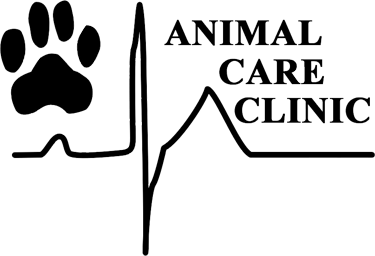
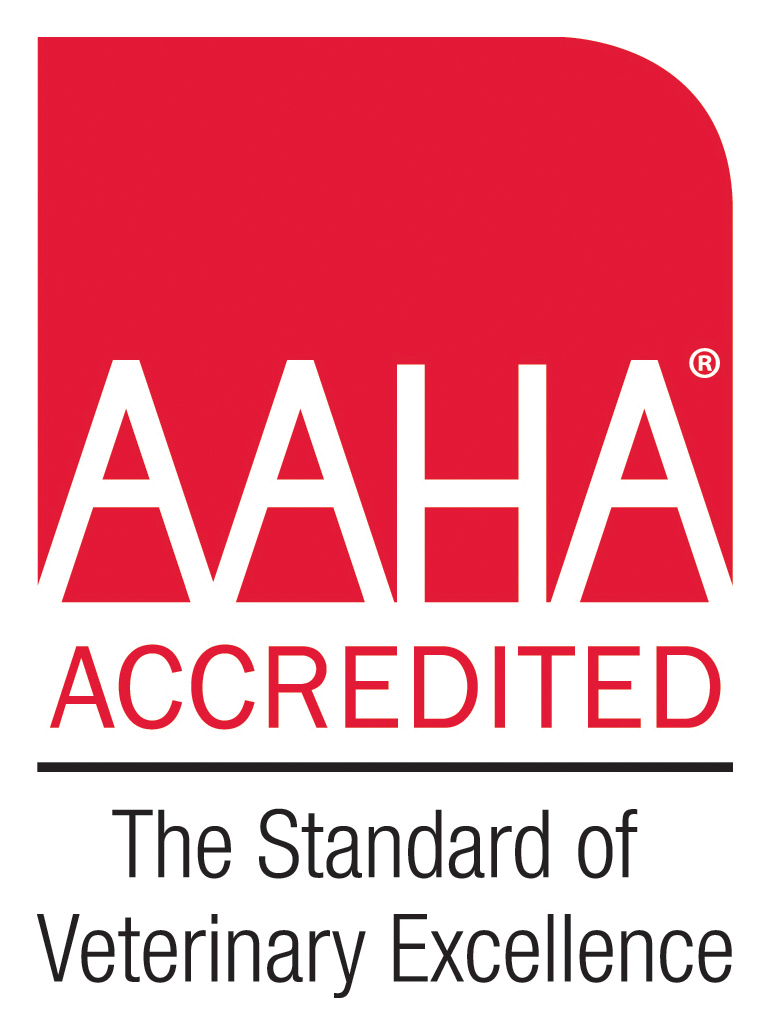
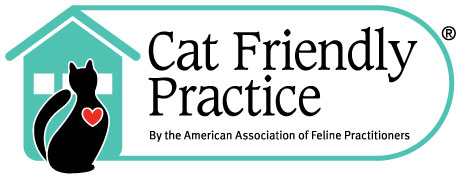



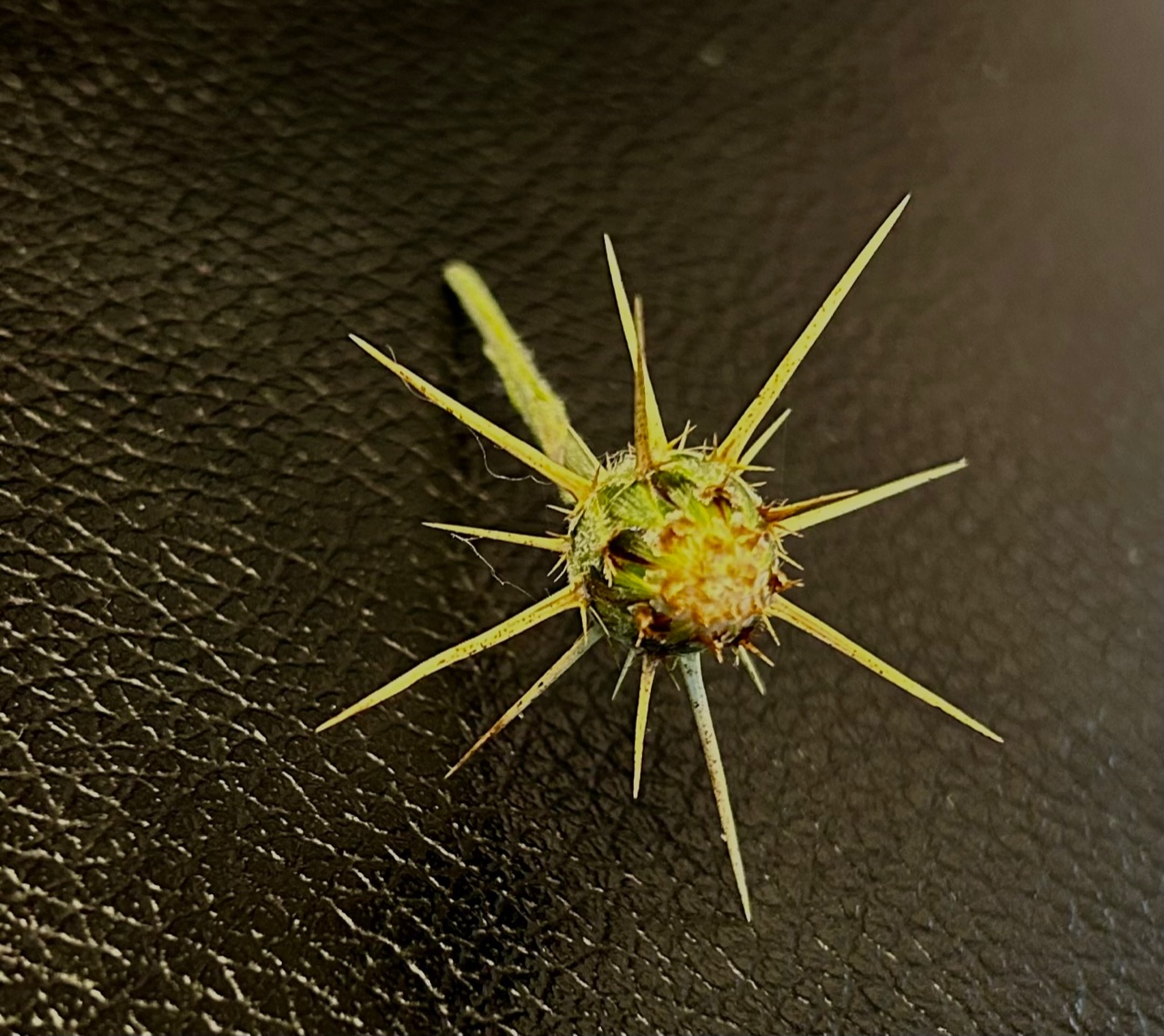

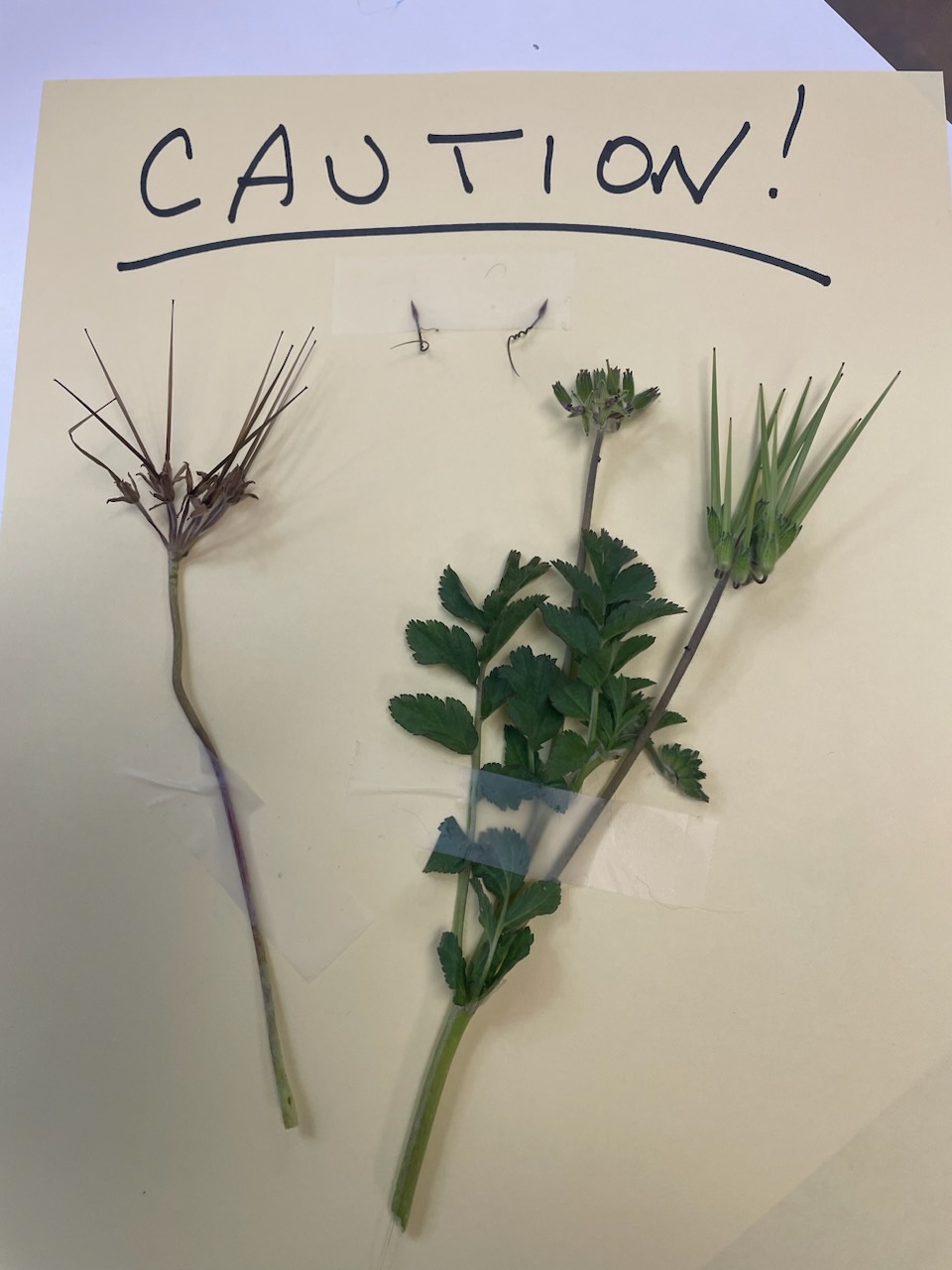
Leave A Comment
You must be logged in to post a comment.